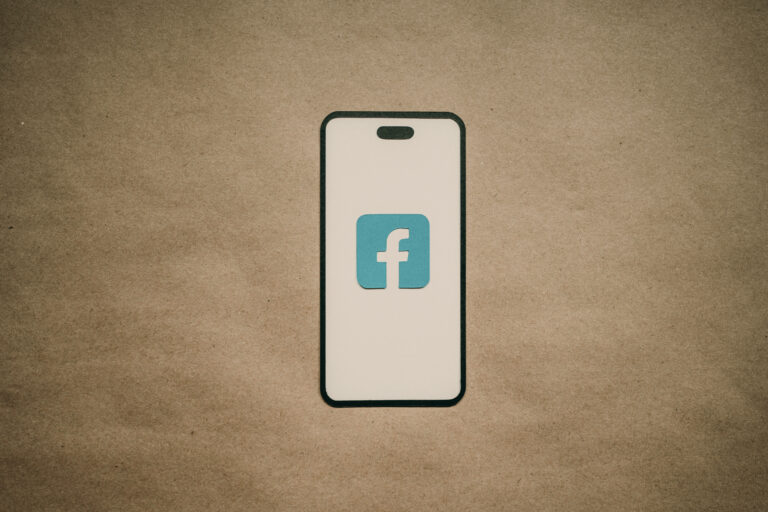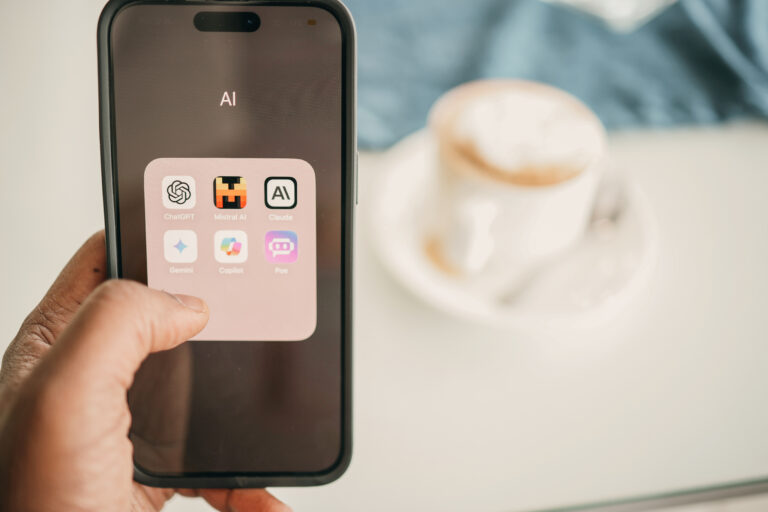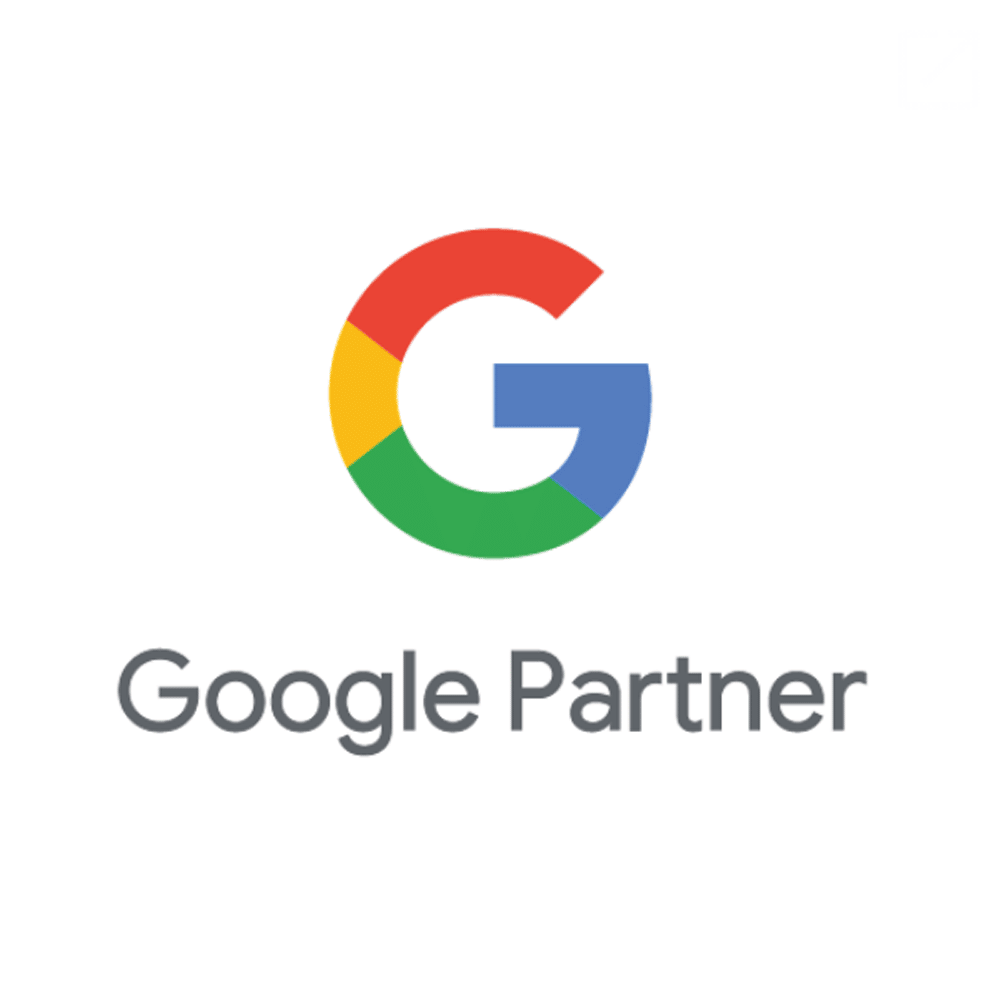In the world of digital marketing, there’s one tiny element that holds the power to make or break your conversion rates: the Call to Action (CTA). Whether it’s a button, a banner, or a bold line of text, CTAs are the crossroads where interest turns into engagement—and ultimately, sales.
But what makes some CTAs irresistible while others go completely unnoticed?
Let’s break down the psychology behind click-worthy CTAs and explore how to craft ones that truly compel users to act.
1. Clarity Beats Cleverness
When it comes to CTAs, clarity is key. Users don’t want to guess what happens next. The brain craves certainty and dislikes ambiguity—so vague or overly clever wording can trigger hesitation instead of action.
Examples:
- “Get Your Free Guide” beats “Unlock the Vault”
- “Start Your Free Trial” beats “Experience the Magic”
Be specific. Use action verbs. Tell users exactly what they’re getting.
2. Urgency and Scarcity Tap Into FOMO
The Fear of Missing Out (FOMO) is a powerful motivator. CTAs that create urgency or scarcity play directly into this psychological trigger, nudging users to act quickly before they lose the opportunity.
How to apply it:
- “Limited Spots Available”
- “Offer Ends Tonight”
- “Only 3 Left in Stock”
Urgency lights a fire under indecisive users. Just make sure your deadline is real—fake urgency damages trust.
3. Visual Contrast Grabs Attention
Even the best-written CTA can be ignored if it blends into the background. That’s where visual psychology comes into play. Color contrast and placement draw the eye and guide the user journey.
Design Tips:
- Use bold, contrasting colors (e.g., orange on blue, white on black)
- Leave plenty of white space around the CTA
- Position it where the user naturally looks (after compelling copy, in the center of the page, etc.)
Think of your CTA as the visual “exit sign” guiding users to the next step.
4. Social Proof Reduces Risk
Psychologically, people trust what others already trust. CTAs accompanied by social proof—like testimonials, user counts, or trust badges—help eliminate doubt and increase credibility.
Examples:
- “Join 50,000+ marketers using our tool”
- “See why top agencies choose us”
- “Rated 4.8/5 by real customers”
When users see that others have clicked—and benefited—they’re more likely to follow suit.
5. Personalization Builds Relevance
Generic CTAs can feel impersonal. But if you tailor your CTA to speak directly to a user’s intent, interests, or stage in the buyer journey, you’ll create a stronger emotional connection.
Personalized CTA examples:
- “Show Me Marketing Solutions” vs. “Learn More”
- “Help Me Improve My ROI” vs. “Contact Sales”
Modern tools make it easier than ever to customize CTAs dynamically—so take advantage of that power.
6. The Zeigarnik Effect: Leave Them Wanting More
The Zeigarnik Effect is a psychological principle where people remember uncompleted tasks better than completed ones. Smart marketers use this by creating CTAs that feel like the start of a journey rather than a final decision.
Examples:
- “Continue Your Journey”
- “See What’s Next”
- “Try the First Lesson Free”
By suggesting there’s more to come, you trigger curiosity and engagement.
Final Thoughts
Click-worthy CTAs aren’t about manipulation—they’re about understanding your audience’s psychology and meeting them with clear, relevant, and compelling next steps.






